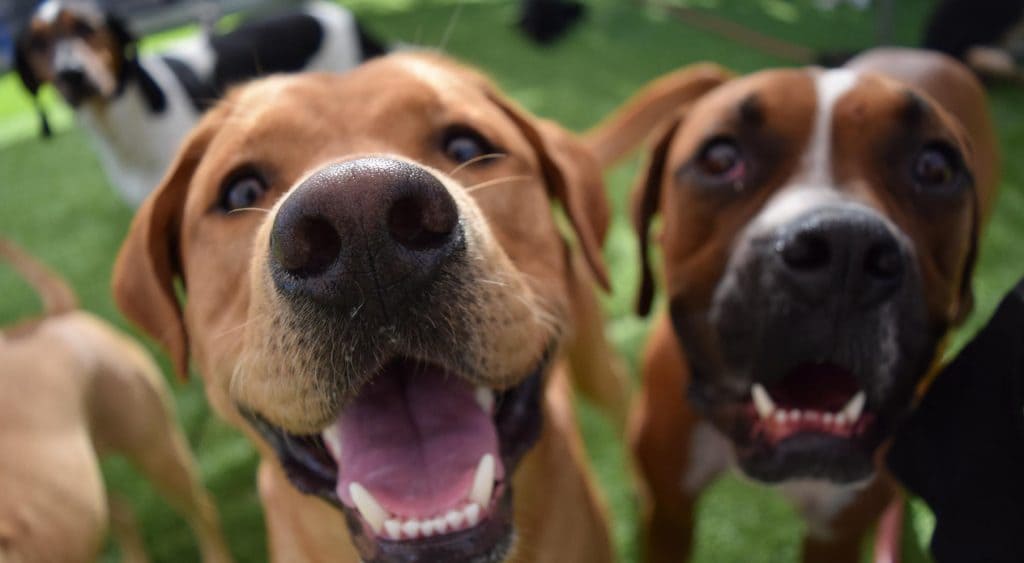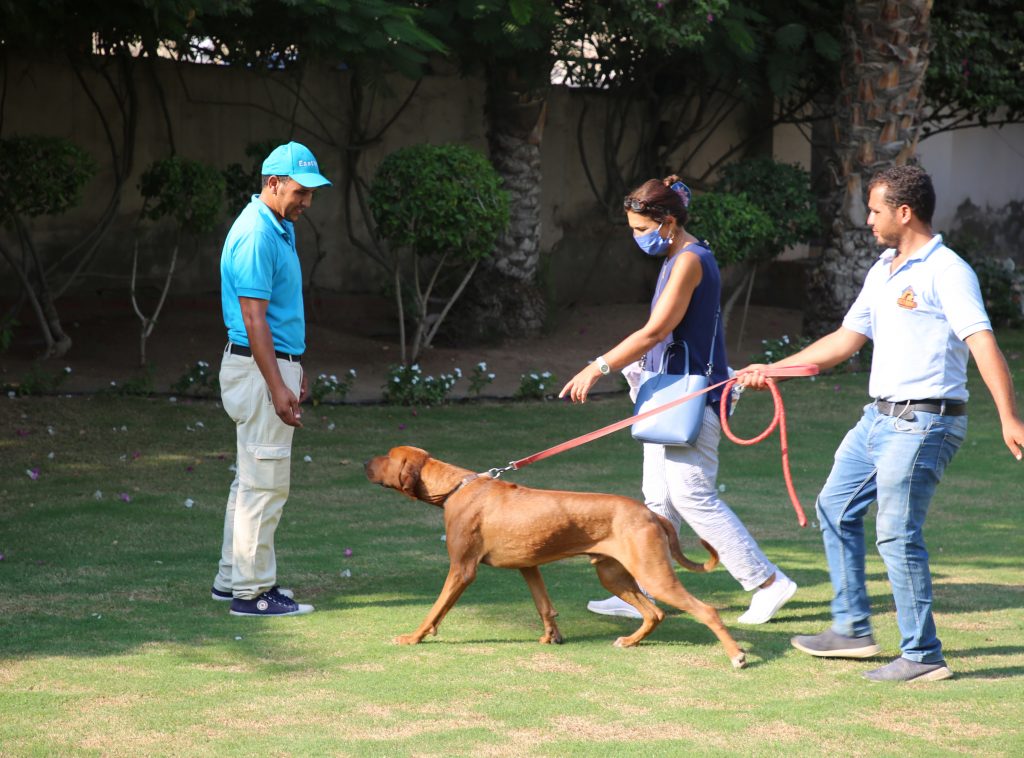
Overview
Dog behavior is influenced by a number of genetic and environmental factors. What is considered normal behavior for your dog will depend on his age, breed and history. Dog behavior modification training is the first step to prevent unwanted conducts.
Perceptible negative deviations from normal behavioral patterns, not attributed to physical illness or injury, will most often require intervention in the form of behavioral modification training.
EASTWIND dog behaviorists use operant conditioning techniques, otherwise known as positive and negative reinforcement, to decrease or extinguish unwanted behavior.
Our therapists begin with a thorough assessment of your dog’s specific case beginning with his age, breed, history and a detailed description of unwanted behavior. They will ask questions such as how long the behavior has been going on? Which circumstances trigger the behavior? Has the dog been checked by a veterinarian to rule out any physical illnesses that may be causing the behavior?
Based on the assessment process a diagnosis and treatment plan will be designed to fit your dog’s needs. Behavior modification training will vary in duration depending on the age, breed and case severity of your pooch.
*Please note: EASTWIND will not treat dogs with a history of aggression towards children.
Socialization
Dogs are reactive animals; they will react with fear or aggression to places, situations, people and other dogs they do not know. However, the more they are familiarized with different surroundings and situations, the calmer their reactions will be.
EASTWIND uses habituation techniques to socialize puppies and dogs to calmly interact with kids, adults, and other dogs in various situations.


Post Therapy Maintenance
Unwanted behaviors in dogs are not easily abolished.
However, with rigorous adherence to the instructions provided by the EASTWIND behaviorists, the unwanted behavior
should not resurface.
Number of Sessions !
The number of sessions suggested by our behaviorists could change depending on the dog’s responsiveness during training. Your behaviorist will inform you, if additional sessions are required.



